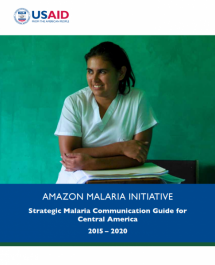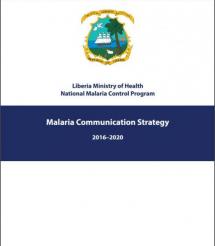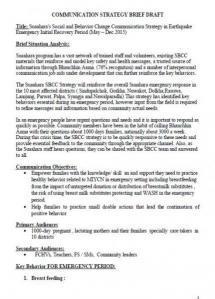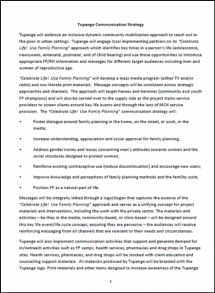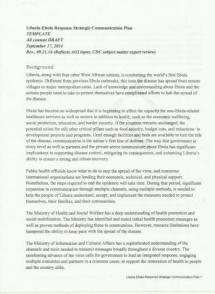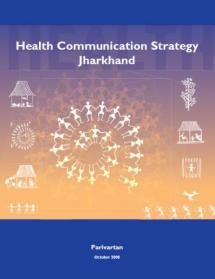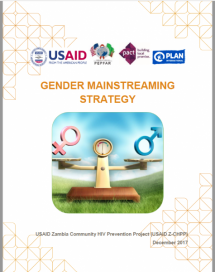Strategic Malaria Communication Guide for Central America
This Strategic Malaria Communication Guide was developed following an assessment that included in-depth interviews of key actors and a literature review that led to the definition of key focus areas and recommended communication tactics that National
Malaria Programs (NMPs) in Central America should use to further their goals. It provides recommendations on key messages, target audiences, communication channels, and activities that NMPs can implement to foster effective communication with other actors and move towards malaria elimination. This guide seeks to:
- Build awareness among NMP representatives in Central American countries about proven communication and advocacy practices to help create the appropriate conditions for malaria elimination.
- Orient NMP representatives and other actors to the resources and reference materials available for malaria communication, which can be adapted and applied to regional and country-level efforts to reduce malaria transmission.
Source: USAID
Date of Publication: March 25, 2019
SIMILIAR RESOURCES
Tools
Examples
- Social Behavior Change Programming for Public Health Emergencies: Lessons Learned from the USAID Zika Response in Latin America and the Caribbean
- COVID-19 Communication Materials for the Americas
- The Strategic Framework for Malaria Social and Behaviour Change Communication 2018-2030
- A Decade of Advocacy: The Strategic Alliance for Healthy Food and Activity Environments [Case Study]
- SBCC for Malaria in Pregnancy: Strategy Development Guidance
- 2019 Novel Coronavirus (2019‑nCoV): Strategic Preparedness and Response Plan
- Promoting Quality Malaria Medicines Through SBCC: An Implementation Kit
- A Guide to Successful Public-Private Partnerships for Youth Programs
- Measures to Ensure the Continuity of the Response to Malaria in the Americas during the COVID-19 Pandemic
- Planning and Responding to the Results of the ECHO Trial: A Checklist for Strategic Communication
- Programmatic Implications of Zika-Related Knowledge, Attitudes, and Practices
- Zika and My Baby? / Zika a mi bebe?
- Perceptions About Zika-related Prevention Behaviors in the Dominican Republic: Findings and Implications from a Qualitative Study
- Como estas alimentado a tu nino? [How Are You Feeding Your Child?] Cue Cards
- The Situation Analysis of Children and Women in Belize: An Ecological Review

